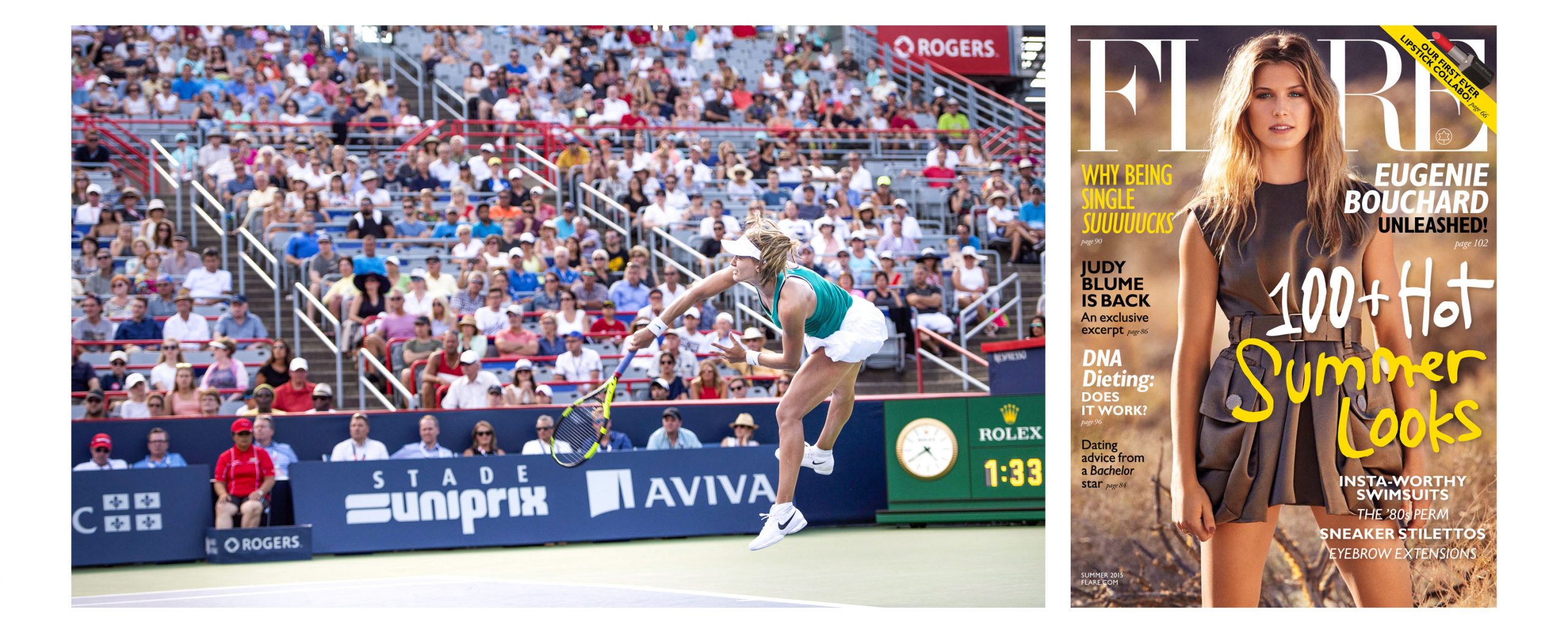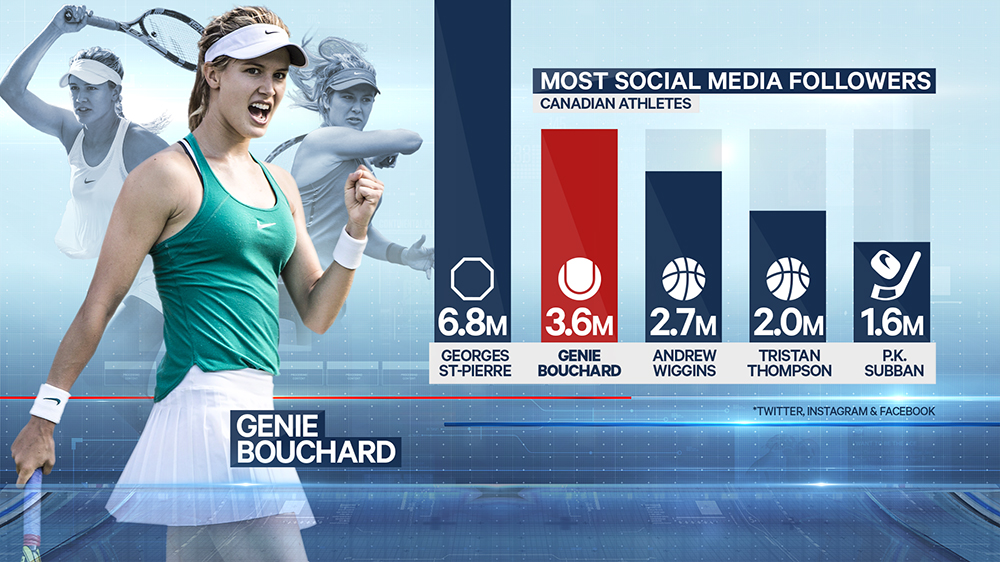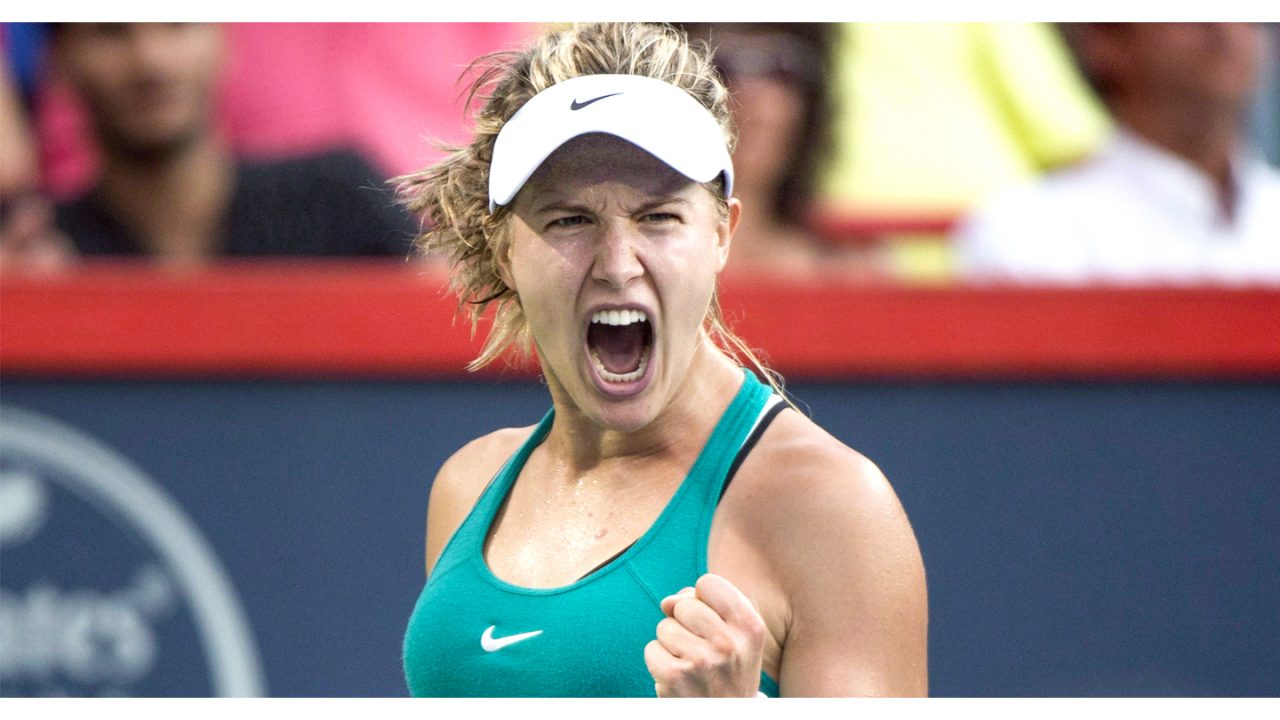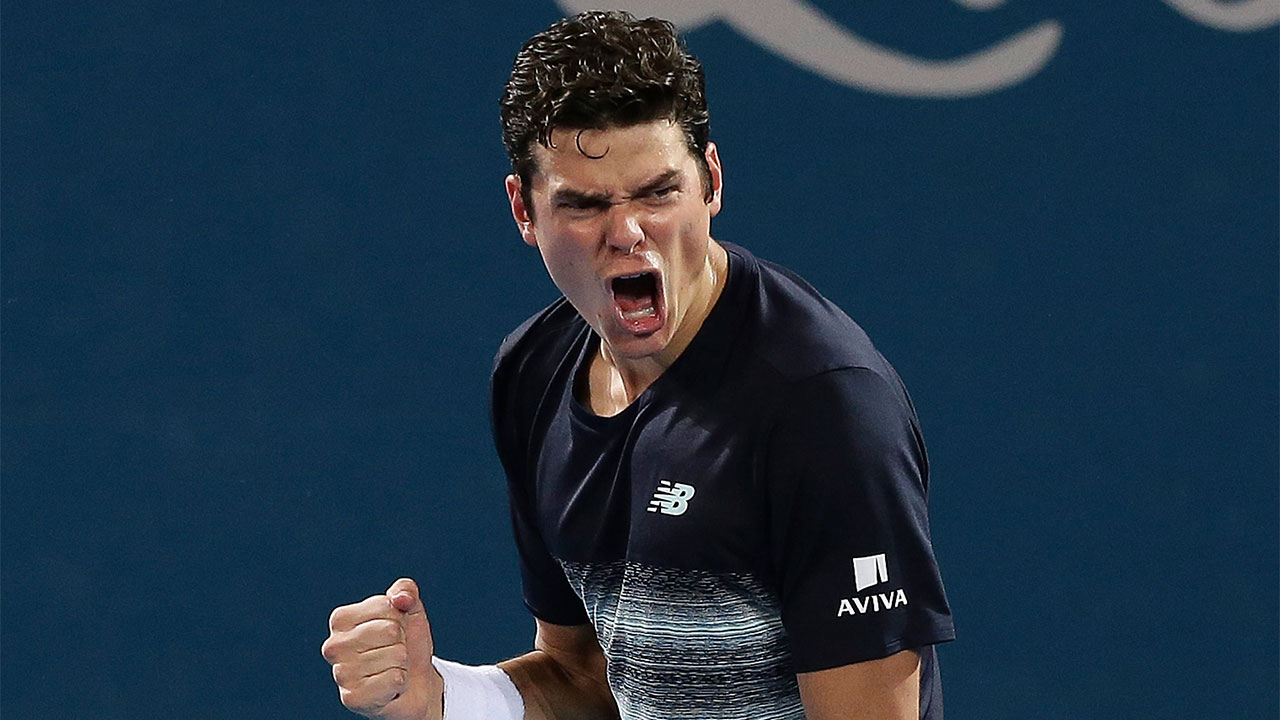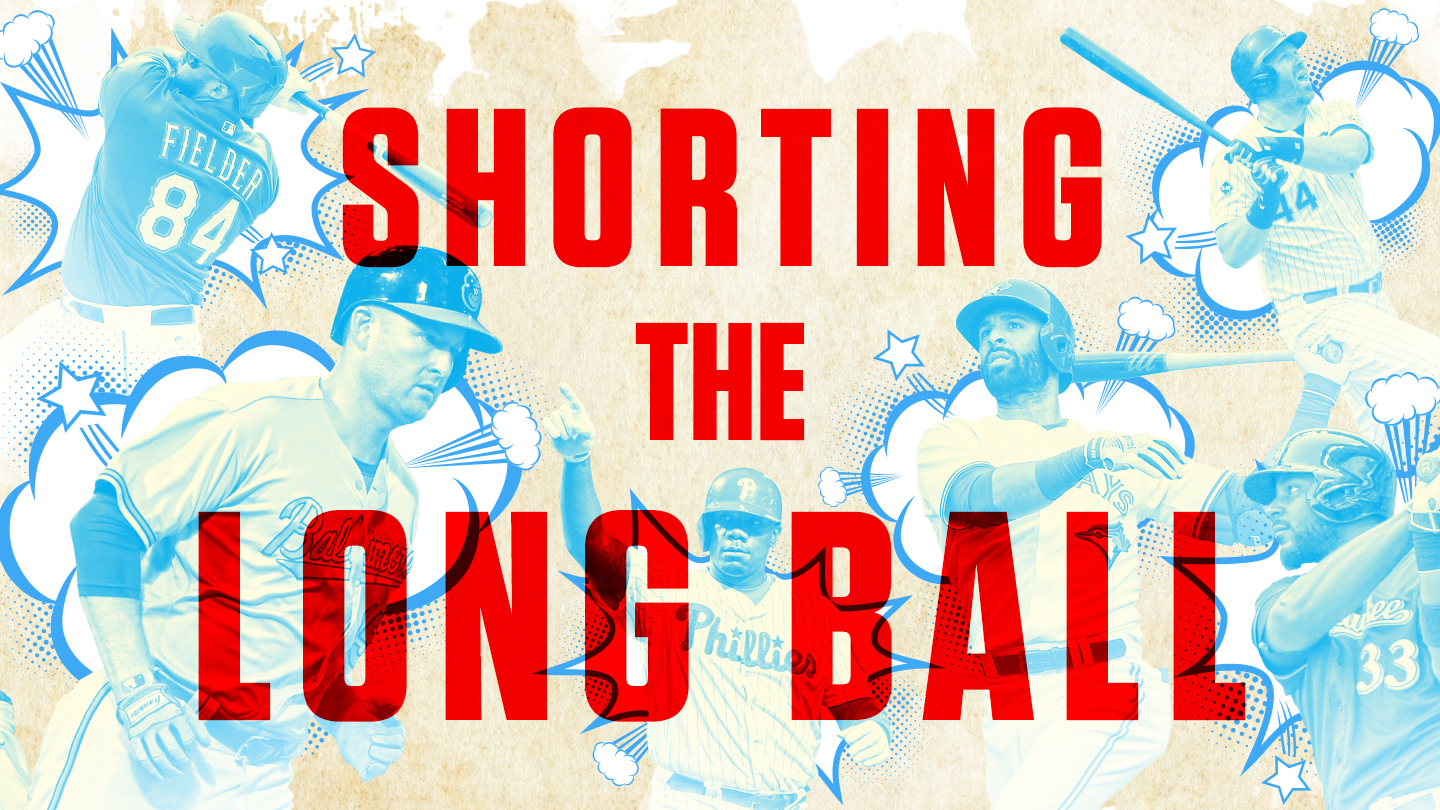The average age of the WTA top 20 is 28 years old. Among those 20 women, only one player—Keys—was born in 1995 or later. Other than Keys and 2016 French Open winner Garbine Muguruza, it doesn’t seem as if there’s a deep roster of young talent ready to dominate the women’s game.
And consider recent major winners: Serena Williams is 35 years old and has won just one of the past five Grand Slam events (for her, that qualifies as a slump). Angelique Kerber—the current world No. 1—is approaching 30 years old. No one knows what to expect from Maria Sharapova when she returns from suspension later this year. Ana Ivanovic has recently retired, Petra Kvitova is out for a good portion of the 2017 season, and Victoria Azarenka just had a baby. There seems to be an opportunity for someone else to step into the spotlight.
Can Bouchard take advantage of the opportunity? She reached her first WTA semi-final in 10 months at an Australian Open tune-up event. But, for better or worse, the tennis world has become fixated on the four Majors, and Bouchard hasn’t played in a Round of 16 Grand Slam match since the 2015 Australian Open.
Regardless, the pressure is on this season, in more ways than one. This past June, Forbes pegged Bouchard’s endorsement money for the 12 months prior at $5.5 million U.S., tied for fourth-highest among all women tennis players. At the time, she was ranked 46th in the world. Late last year however, Canadian tennis journalist Stephanie Myles reported that some of Bouchard’s big contracts had become more performance-based this season.
Amidst those stakes, Bouchard insists one of her primary goals this season is to block out “outside voices and outside expectations.” As her career progresses, she also plans to make a point to appreciate experiences like the ones she had in Las Vegas with Agassi and Graf.
“I still pinch myself in moments like these because I still consider myself a normal kid,” Bouchard says. “I’ve forced myself to stop and take a second and realize, ‘Wow, I’m in Rio at the Olympics. Wow, I’m in London at Wimbledon. Wow, I’m in New York City doing events for my sponsors.’ It’s not a normal 22-year-old’s life.”
Bouchard pauses for a moment. “I’m only 22, but I feel older than that,” she says. “I feel like it goes by really fast.”



